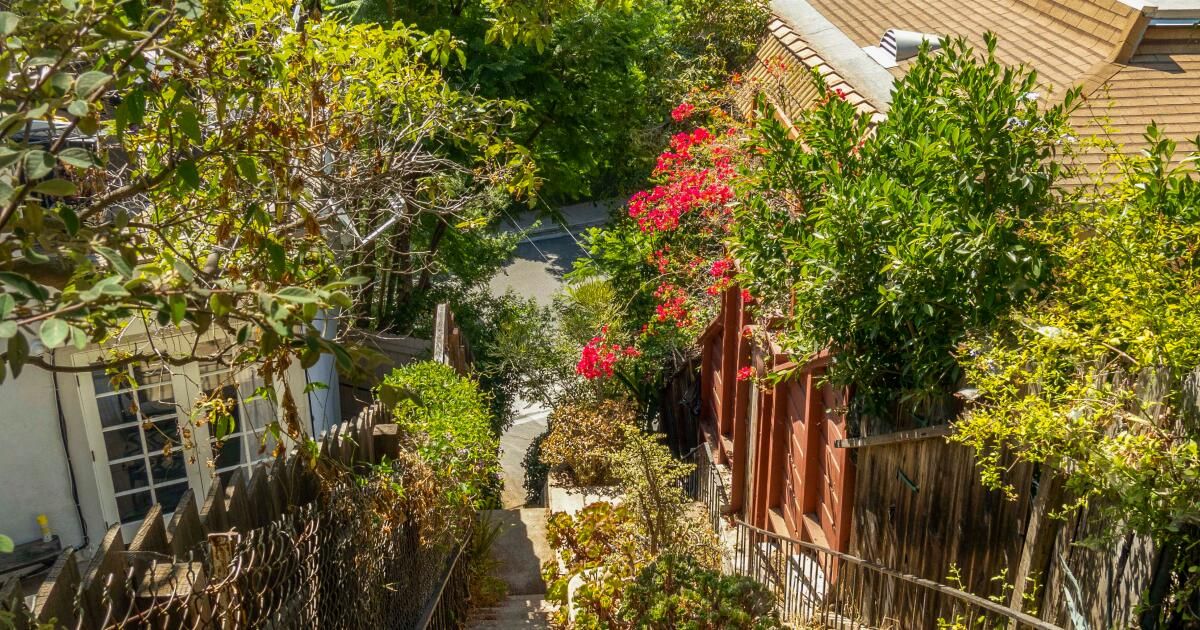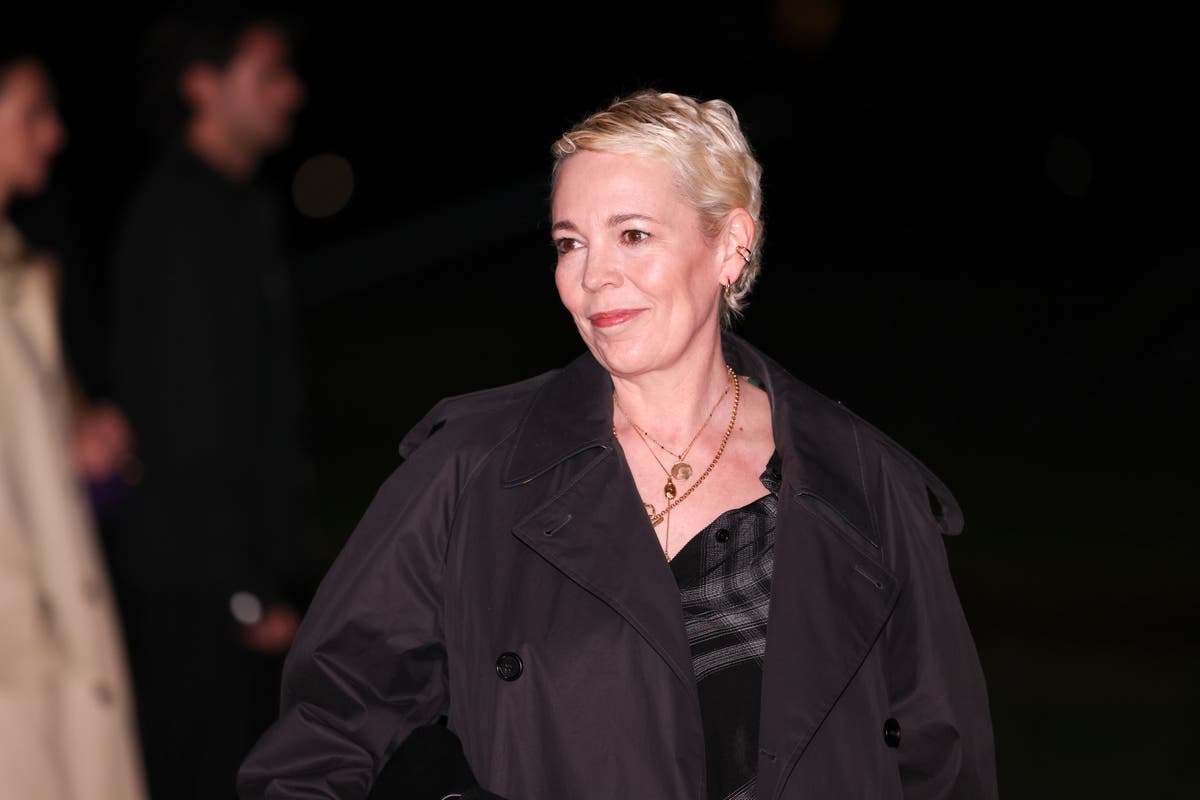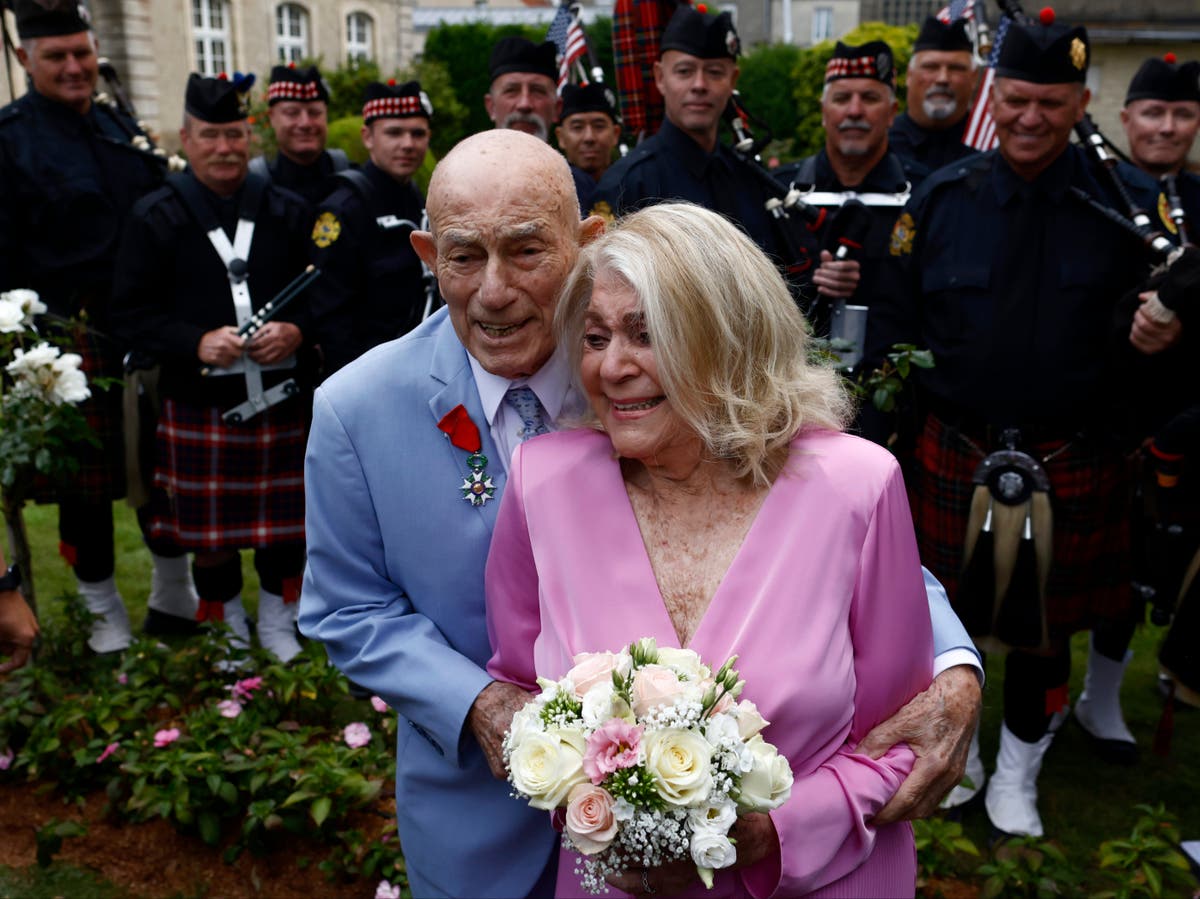Depending on who to speak with, the new defensible space rules proposed for the “Zero Zone” will help save houses in areas of very high fire danger, or tithe a large part of the urban canopy of southern California without really dissuading the types of forest fires that destroyed a large part of Altadena, Pacific Palisades and Malibu in early this year.
Anyway, the Advisory Committee in Zone 0 of the State Board of Forestation and Fire Protection will probably receive a comment ear during its public meeting on Thursday at the Pasadena Convention Center. The Committee will present its proposed rules to create “defensible fire spaces” or “areas resistant to the emperine” within the five feet of the buildings in areas of very high fire danger protected by firefighters of the city and the county, as well as all the areas protected by state firefighters. These five -foot wide buffers are now known widely as “Zero Zone”.
Initially, the Forestry and Fire Protection Board had the task of creating specific regulations in the zero zone in 2020, after the legislature approved the 3074 Assembly Law, said Yana Valachovic, technical advisor of the Board that serves as director of the county and forestry advisor for both the Cooperative Extension of the UC in the County County Agriculture and resources of natural resources.
But on February 6, following the devastating fires of Eaton and Palisades, Governor Gavin Newsom gave the Board until December 31 to end the regulations.
These are the main points in the proposed zero zone regulations, published in August and now for public comments:
- “They are not allowed landscaping materials that are probably the embers within the zero zone.” (That is, five feet from a structure). “This includes, but is not limited to grass, ornamental or native plants, shrubs, fallen leaves and trees, weeds and combustible mulchs that include bark and wood bark.”
- The trees can be maintained within the zero zone, according to the proposed rules, while the dead or dying branches are removed and all the branches of living trees are five feet on the roof and far from the sides of the structure, already 10 feet away from any chimney or stove.
- Two exemptions are listed. The first allows plants in pots of less than 18 inches high in non -combustible containers, no more than five gallons, and “not located directly, above or in front of a window, glass door or ventilation.”
- The second exemption is less clear: “Individual specimens of trees that are well preceded and maintained to effectively administer fuels and fuel stairs.” The committee is still working to define this exemption more specifically, said Tony Andersen, the Executive Officer of the Board. For example, he said, the committee could clarify the exemption to read that well -winning trees (that is, trees whose branches are five feet away from roofs or walls) are allowed whenever they do not have superimposed awnings that act as fuel stairs, allowing the fire to extend.
- Roofs and rain gutters must be kept away from needles and leaves and “areas under mallets, balconies and stairs must remain free of vegetative material and combustible items.”
- Other proposed rules of the zero zone would prohibit “combustible elements that are probably embers”, including units not destined to the room. The combustible doors cannot be directly adjacent to a building or structure. The fences that are directly linked to a building or structure must have a non -fuel section of five feet at the attachment point, and after the rules enter into force, new fuel fences or attachments will not be allowed within the five feet of a building or structure.
- The requirements for the Zero zone will immediately enter into force after the approval of all the new constructions and within three years for existing buildings.
- In areas protected by the city's firefighters, the county and the State, the jurisdictions can “choose to develop alternative practices for the fulfillment of the zero zone that take into account the local variations” provided that an authority in the local jurisdiction finds that the alternative practice “provides practical effects substantially similar to those established in the regulations.” Andersen said he does not know if the committee will further clarify the “substantially similar” language, “but the impulse of complete draft rules remains considered and discussed.”
The proponents argue that the proposed regulations are necessary to maintain safe communities, given the recent increases in forest fires in southern California.
“As a society, we have thought about fire and fuel problems as another person's problem, and we have depended completely on firefighters to save our homes,” said Valachovic. “But are business protecting us?
“We have lost 57,000 structures [to fire] In this state in the last decade. Two hundred people have died in forest fires and one in seven acres in the state [has] Burned in the last decade, “he said.” Time is needed for people to understand the new environment in which we live, and change is difficult, but what these regs of zero zone is to give people the opportunity to better understand what is constituted as fuels that can represent a risk to their home and family, and these are things that are under the control of an owner. ”
The regulations have gone through many reviews and positions, Valachovic said, while the Board and then the committee reviewed hours of testimony, dozens of studies and hundreds of comments.
The opponents say that the rules are being driven by insurance companies that try to limit their exhibition and do not take into account the investigations that indicate that urban fires extend more from home at home than plants at home, and many irrigation trees and other plants can protect fire structures. In fact, Valachovic points out that lobbyists and researchers from insurance companies have frequently contributed to the testimony about the proposal, arguing strongly in favor of eliminating all combustible materials near homes.
In addition, opponents say, neighborhoods in very high fire danger gravity areas, such as Silver Lake, Beachwood Canyon and Eagle Rock, could see a great loss of vegetation, since their houses are often built together in small lots, with trees and other landscape within five feet of buildings and structures.
The zero zone aims to protect houses but threatens the urban shadow
The very high fire dangerous areas protected by the city and county firefighters, as well as all areas protected by state firefighters are shaded in red.
Forestry and Fire Protection Board of California
Hailey Wang Los Angeles Times
“They are talking about destroying our urban canopy, hundreds of trees acres for uncertain benefits,” said Cyndi Hubach, a member of the Community Forest Advisory Committee of the city of Los Angeles. Hubach, who lives in Silver Lake, wrote the CFAC report for the Council that describes the problems with the proposed regulations, and what the organization believes that it should change.
Basically, the report (approved by CFAC on September 4) argues that reducing irrigated and healthy vegetation around homes will cause more problems than it solves by eliminating the shadow, increasing the risk of erosion and destroying the habitat, among other things. The report recommends that the regulations move away from a “unique approach for all”, allow a process of appeals and exempt “healthy vegetation, hydrated and well maintained … It is not likely to be burning by the embers”, as well as the native protected trees, protected native trees, historical trees and heritage and the living municipal trees of the municipal ones if they are well private and maintained.
The State has done a bad job when running over these regulations, said Hubach. “Most people don't know that this comes on their way, and when they find out about [the proposed rules]They do not believe they make them safer. They think it will make their neighborhoods hotter, faster, more flavals and less safe. ”
As the voice extended this summer on the proposed regulations, the opposition has increased by southern California. In a recent online talk, Travis Longcore, an environmental scientist and former president of the Audubon Society of Los Angeles, presented a detailed online analysis of the proposed regulations.
In his talk, Longcore agrees with Valachovic in which certain parts of the proposed regulations make sense, such as eliminating wood fences connected to buildings and needles of pine and dead leaves of the roofs. “But we must continue requesting that the healthy living vegetation is permissible if it is not likely to be turned on by the embers, so it is not grouped with plants that accumulate dead wood as juniks and cypresses that have always accumulated dead matter in them.”
Longcore also said that it is not clear how the proposed regulations will be applied and what types of sanctions will be applied to the people who do not comply.
“The Board of Forestation and Fire Protection itself is not responsible for the application,” Andersen wrote in an email. “However, the Board understands that zone 0 will apply as other defense space inspections.”
The former state marshals state Ruben Grijalva has similar concerns about the application, since inspectors are already overloaded. Grijalva opposes what he calls the “unique approach for all” of the proposed regulations because they do not recognize the differences between the houses built before 2008 and those built later. The newest houses must comply with the changes that helped implement in Chapter 7 of the California Construction Code, which include requireing material resistant materials for ceilings and covers, double panel glass for windows and vents that maintain exits.
Grijalva currently works with great developers to make communities of master plans with thousands of homes, such as Rancho Mission Viejo in Las Colinas on San Juan Capistrano, as resistant to the possible fire, while including the aesthetic and cooling benefits of trees such as Robles and Sycamors.
The members of the Advisory Committee of Zone 0 of the State Board of Forestry and Fire Protection will also speak at an informative meeting of the City Council on Wednesday at the headquarters of the Ventura County Fire Department in Newbury Park. Visitors are asked to confirm their assistance with the event organizer, the Ventura County Supervisor Jeff Gorell.
The next day, anyone can listen to the public meeting of the Forestry and Fire Protection Board, but public comments can be limited to the people who appear in person due to the large number that is expected to speak, said Marcie Yates, manager of the Board's Planning Planning Program.
This is the first public meeting of the committee in southern California and could be the last one, since, according to Andersen, he plans to discuss the comments he receives on Thursday at his regular meeting in Sacramento on Monday, and then decide whether to further modify the proposed rules or send them to the complete board for their consideration.












